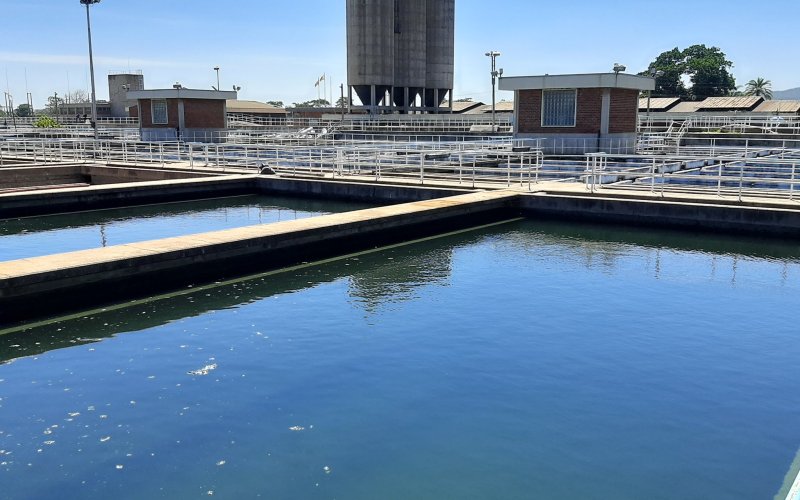The greater Harare metropolitan region, which includes the capital city, Chitungwiza, Ruwa, Epworth and Norton, has struggled to get sufficient potable water for its estimated 4,5 million residents for years.
Officials say daily water demand for the greater Harare area is currently around 800 million litres (mega litres or ML), although if areas currently without water supply are included, demand goes as high as 1,300 ML. The city only has installed capacity of 704ML and its old, poorly maintained plants often struggle to produce half of that capacity.
Apart from limited capacity, the quality of the raw water sources from which Harare draws its supplies has declined over the years. According to experts, this is due to ever increasing levels of pollution, especially in Lake Chivero, Harare’s main water source.
The pollution is mostly from industrial waste as well as sewage works in Harare, Chitungwiza, Ruwa and Norton, which over the years have been malfunctioning due to poor maintenance and lack of investment. This waste flows into the downstream Lake Chivero.
Experts also say Chivero is one of the most eutrophic reservoirs in the world – meaning it has high levels of nutrients such as phosphorus and nitrogen, which feed the growth of algae.
High levels of algae in raw water drive treatment costs high due to increased chemical demand.
In 1960, when Harare’s water treatment units were built, only chemicals such as liquid aluminium sulphate (alum), lime and chlorine were used to treat the capital’s water, at low dosages.
Studies found that the alum application rate rose from 40mg/L in 1982 to 110mg/L by 2011.
The number of water treatment chemicals has also increased from three to as many as nine.
Below is a table with chemicals that are used in purifying water in Harare.
| Chemical | Purpose |
| Powdered Activated Carbon | Removal of odours |
| Liquid Aluminium Sulphate (Alum) | Main coagulant for removal of suspended solids and colloidal matter |
| Gas Chlorine | Oxidation (control of algae) Disinfection (control of bacteria) |
| Hydrated Lime | PH correction |
| Granular Aluminium Sulphate | Used as a substitute and/or to supplement liquid aluminium sulphate |
| Calcium Hypochlorite (HTH) | Substitute of gas chlorine (granular form) |
| Sulphuric Acid | PH reduction to improve efficacy of alminium sulphate (also consumes sulphuric acid to prepare) |
| Ammonia | Aids in residual chlorine retention |
| Sodium Silicate | Coagulant aid to aluminium sulphate (also consumes sulphuric acid to prepare) |
Source: Harare City Council
How safe are water treatment chemicals?
According to the World Health Organisation (WHO) guidelines for drinking water quality, “the use of chemical disinfectants in water treatment usually results in the formation of chemical by-products. However, the risks to health from these by-products are extremely small in comparison with the risks associated with inadequate disinfection, and it is important that disinfection not be compromised in attempting to control such by-products.”
Do you want to use our content? Click Here












